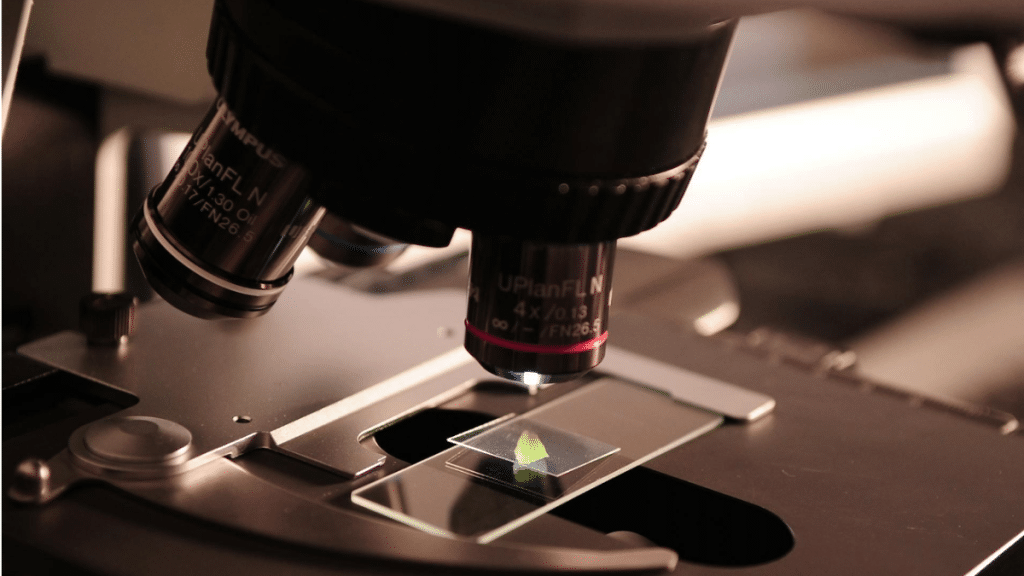Imagine peering into the hidden world of cells, where diseases take root and cures begin to spark. Microscopes are the unsung heroes of that journey, lighting the way for breakthroughs in medical research. These marvels of science carry a hefty load, unlocking discoveries that reshape our grasp of health. They don’t just magnify—they reveal, unraveling life’s tiniest secrets to push medicine forward.
Let’s explore how microscopes are shaping the future of health, one lens at a time.
Peering Deeper with Confocal Precision
When it comes to cutting-edge clarity, the confocal microscope steals the show in medical labs. This powerhouse uses laser light and pinhole tricks to slice through blurry noise, delivering crisp, 3D images of cells and tissues. Researchers lean on it to map everything from brain circuits to tumor edges, making it a go-to for precision work. Naturally, that power comes with a price—confocal microscope price points can climb steep, reflecting the tech’s sophistication and demand. Labs can score affordable options by partnering with trusted firms, who often offer certified models.
Picture a scientist studying Alzheimer’s. With a confocal, they zoom into a neuron, watching protein tangles form in real time. That sharp focus—free of the haze older scopes might leave—lets them pinpoint where things go wrong. It’s not cheap, but the payoff in understanding disease mechanics is worth every penny, driving insights that generic lenses can’t touch.
Unlocking the Invisible World
Microscopes don’t just show what’s there—they expose what’s hidden. From bacteria to viruses, they pull the unseen into view, letting researchers decode how pathogens tick. That close-up look is the first step to crafting drugs or vaccines, turning vague threats into targets.
Think of a virologist chasing a new bug. A high-powered scope reveals its shell, its hooks, its weak spots—details that guide a counterattack. Without that window, it’s all guesswork. Microscopes hand over the blueprint, letting science swing back at illness with precision and purpose.
Tracking Life in Motion
Static snapshots are great, but live action is where the magic happens. Modern microscopes—like those equipped for fluorescence—capture cells as they move, divide, or undergo death. That real-time peek into biology’s rhythm shows how systems work, or fail, behind the scenes.
Imagine watching cancer cells spread. A scope lights up their markers, tracing every slink and split. Researchers see what fuels the invasion, spotting clues for therapies to slam the brakes. It’s not just an image—it’s a video, with every frame driving the battle against disease.
Bridging Lab to Clinic
Microscopes don’t stop at discovery—they nudge findings toward real-world fixes. By zooming into tissues or blood, they help test theories fast, linking lab hunches to patient outcomes. That bridge speeds up the leap from “what if” to “here’s how.”
Picture a team tweaking a drug. They dose cells, then scope them to see if it works—do membranes hold, or do they buckle? That quick check refines the formula before it hits trials, shaving time and cash off the road to treatment. It’s a straight shot from bench to bedside, powered by a lens.
Pushing Tech to New Frontiers
The microscope game keeps evolving, and medical research rides the wave. Today’s tools—like electron or super-resolution scopes—crank up the detail to wild levels, showing molecules or even atoms in action. That leap keeps science ahead of the curve, cracking puzzles older gear couldn’t touch.
Think of a geneticist hunting a mutation. A super-resolution tool goes beyond blurry boundaries, highlighting a DNA flaw that’s been evading detection. It’s like swapping binoculars for a telescope—suddenly, the faint becomes bold, and answers tumble out. That edge keeps medicine chasing the next big thing.
Training the Next Wave
Microscopes aren’t just for pros—they’re for classrooms too. Med students and young researchers hone their skills with these tools, learning to spot disease markers or cell quirks hands-on. That training builds the sharp eyes and minds that’ll carry the torch.
Imagine a student peering at a slide. They catch a telltale sign—like a cell’s odd shape—and tie it to a condition they’ve studied. That moment, under the lens, clicks theory into practice. Microscopes don’t just advance research—they grow the talent that’ll keep it rolling.

A Lens on Tomorrow
Microscopes are more than gear—they’re the heartbeat of medical progress. From confocal clarity to live-cell tracking and beyond, they’re peeling back life’s layers, handing researchers the keys to cures. Every tweak, every upgrade, pushes the boundary of what’s possible.
We’re in an age where seeing is solving. Microscopes turn the microscopic into the monumental, fueling leaps that save lives. For medical research, they’re not just tools—they’re the spark that lights the path to a healthier future, one focused glimpse at a time.
